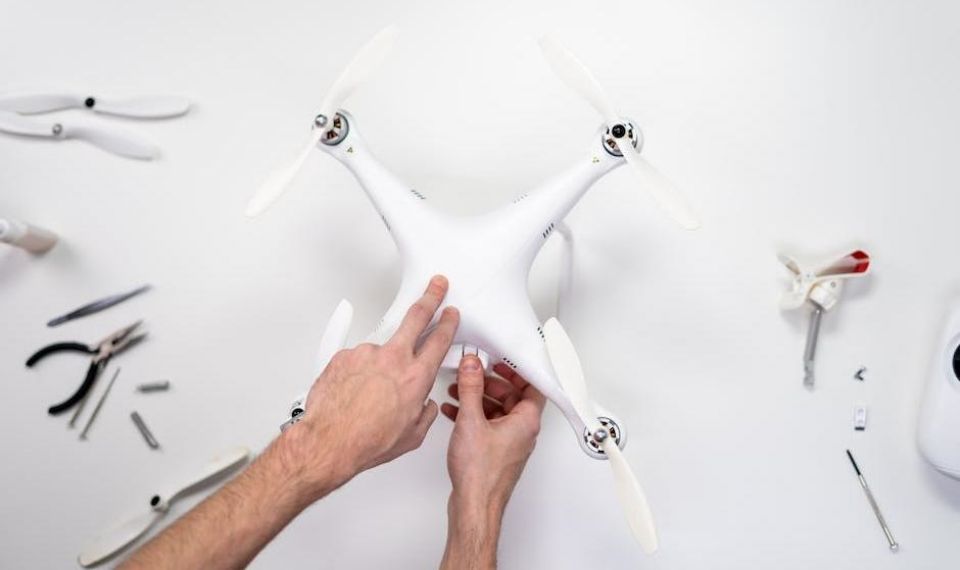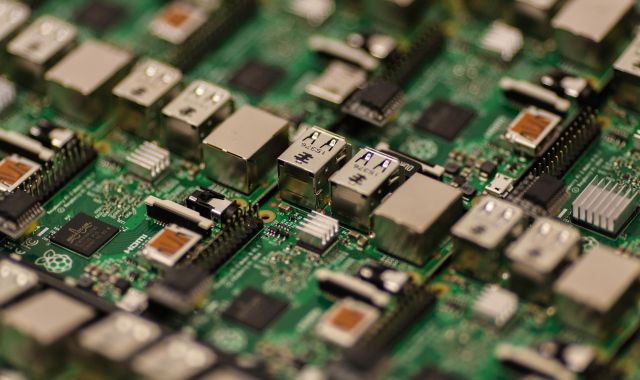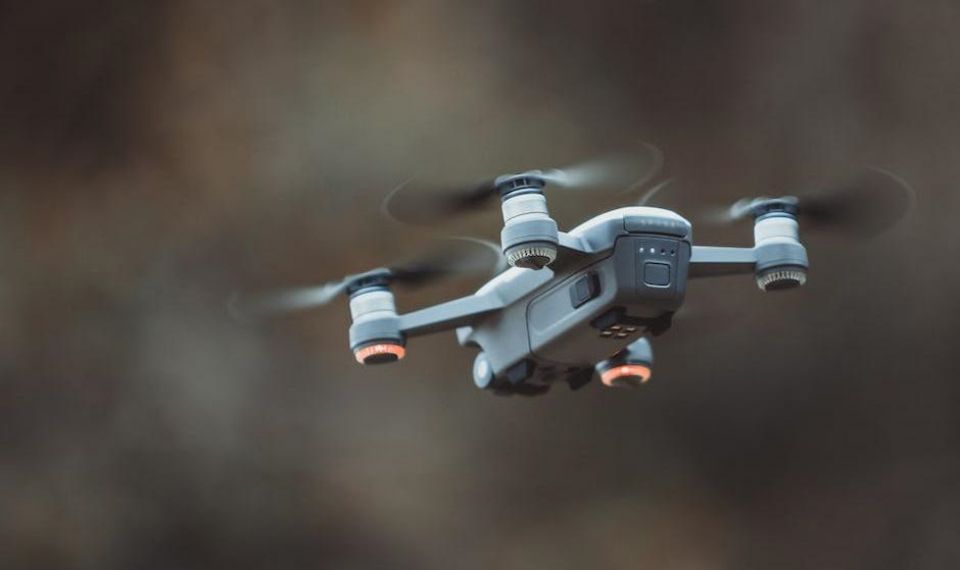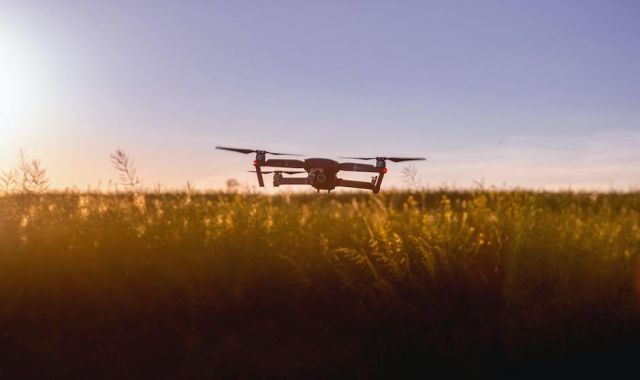
In the past decade, the evolution of drone technology has drastically altered the landscape of numerous industries. These devices, initially associated with military operations and innovative shots in filmmaking, now permeate various domains of our lives, from farming to real estate photography. One particular area where the impact of drone technology is significantly transformative is the field of emergency services and rescue operations.
Let’s take a moment to understand the intricate workings of these drones in crisis situations. The core of this technology is the sophisticated hardware and software employed in drones. Embedded sensors and GPS, coupled with advanced image recognition capabilities, enable these ‘Unmanned Aerial Vehicles’ (UAVs) to precisely identify and locate victims in the chaos of calamities.
A salient example of drone employment in rescue operations is the Nepal earthquake in 2015. Rescue teams used drones to locate survivors amidst collapsed buildings in the war-ravaged ruins of Kathmandu. Drones were able to swiftly locate survivors that could have been easily missed by human eyes. This speedy identification and localization of victims dramatically increased the efficiency of rescue operations, thus resulting in saving numerous lives.
There’s more to these airborne marvels. Equipped with thermal sensors, nocturnal rescue operations are now possible. This aspect was profoundly demonstrated in the 2017 Mexico earthquake, where drones equipped with thermal sensors flew through the night, spotting heat signatures of survivors trapped under rubble. By providing search and rescue teams with specific locations of survivors, drones allowed for quicker extraction and medical aid, thereby reducing the risk of mortality.
The ability of drones to navigate treacherous terrains makes them invaluable in search and rescue missions following natural disasters. During the destructive 2018 Californian wildfires, drones were deployed to map wildfire spread in real-time. Their invaluable data helped firefighters strategize their approach in halting the wildfire spread, thus safeguarding numerous homes and lives.
However, it’s not just natural disasters where drone technology is making a mark. The technology is aiding in less obvious ways as well. Deftly maneuvering over expansive terrains and through challenging weather conditions, drones are used for delivering medical supplies to remote, hard-to-reach areas. Companies like Zipline are revolutionizing the medical delivery system in Rwanda and Ghana, ensuring essential medical kits reach virtual corners seamlessly.
Indeed, we’ve only just begun to scratch the surface of how drone technology can revolutionize our world. The technological advancements, including AI integration and autonomous capabilities of drones, are taking the industry to newer heights. Creative innovations are also opening the doors for more diversified applications, from environmental conservation to advanced agricultural techniques.
In conclusion, the myriad applications of drone technology show the potential it holds to redefine our approach to emergency services and rescue operations. As the technology continues to refine and evolve, its impact is sure to expand, creating unprecedented solutions to traditional challenges, ultimately revolutionizing how we respond to emergencies. Undeniably, the drone technology revolution is here and it’s transformational.









